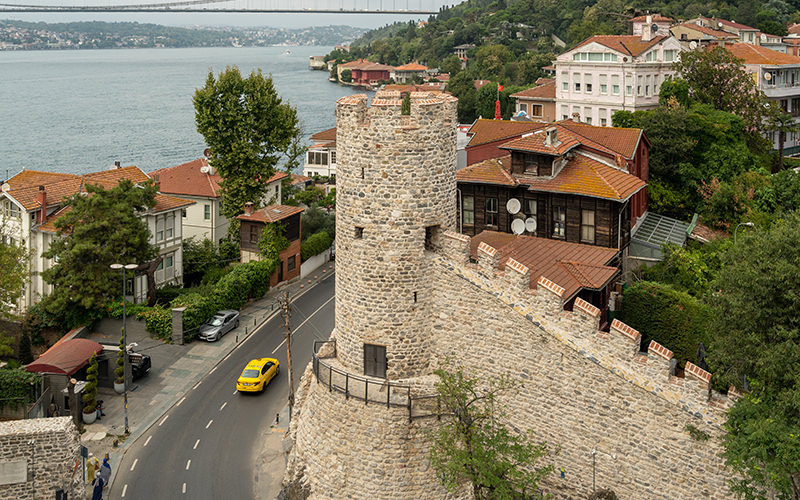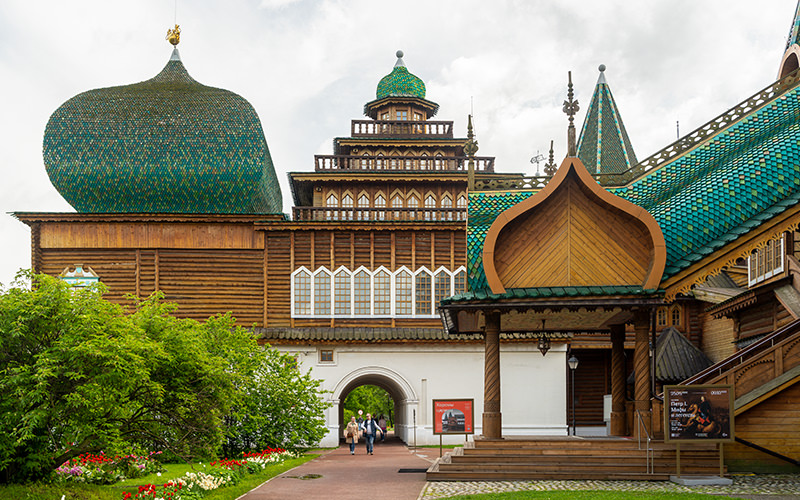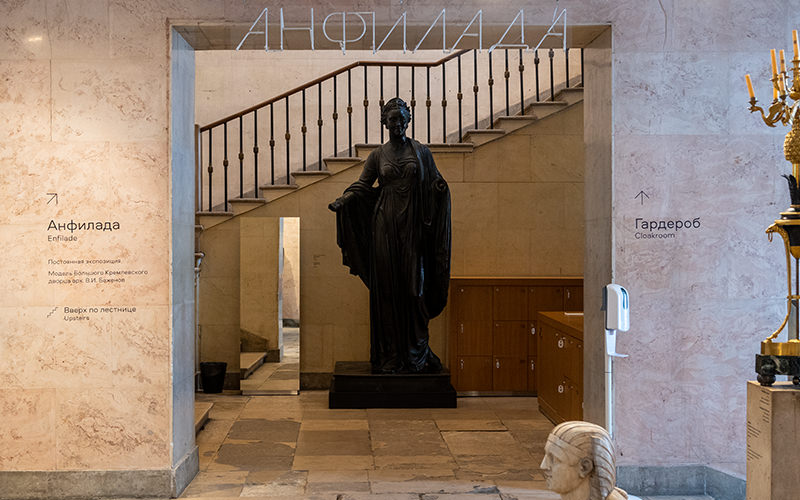Friends, let’s continue our exploration of the Castle of St. Peter in Bodrum. In my previous article, I shared the history of this complex, and now I’ll describe my walk through its courtyards and towers in more detail.
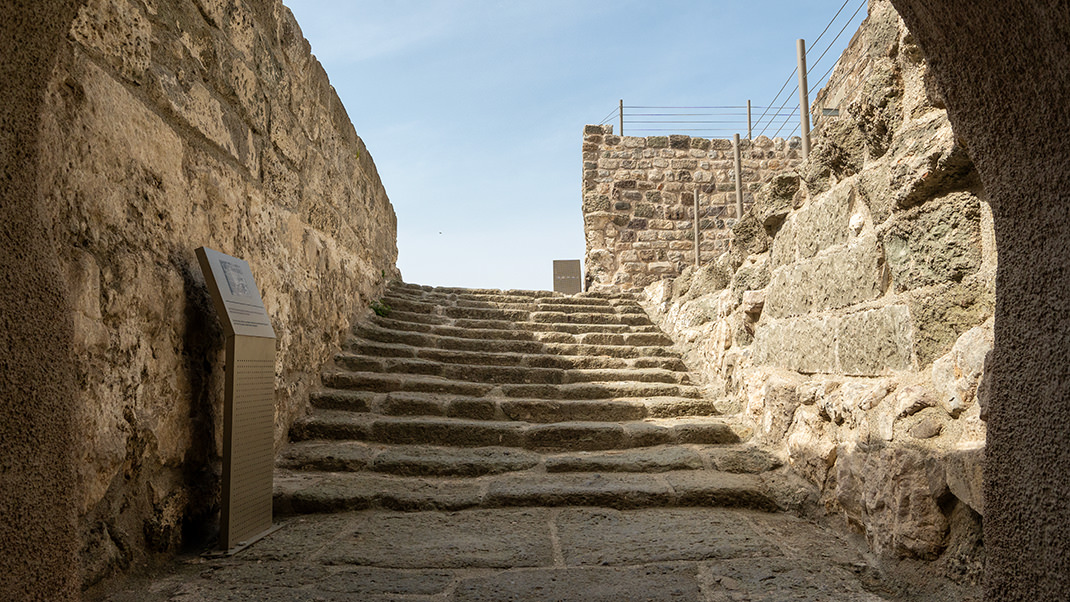
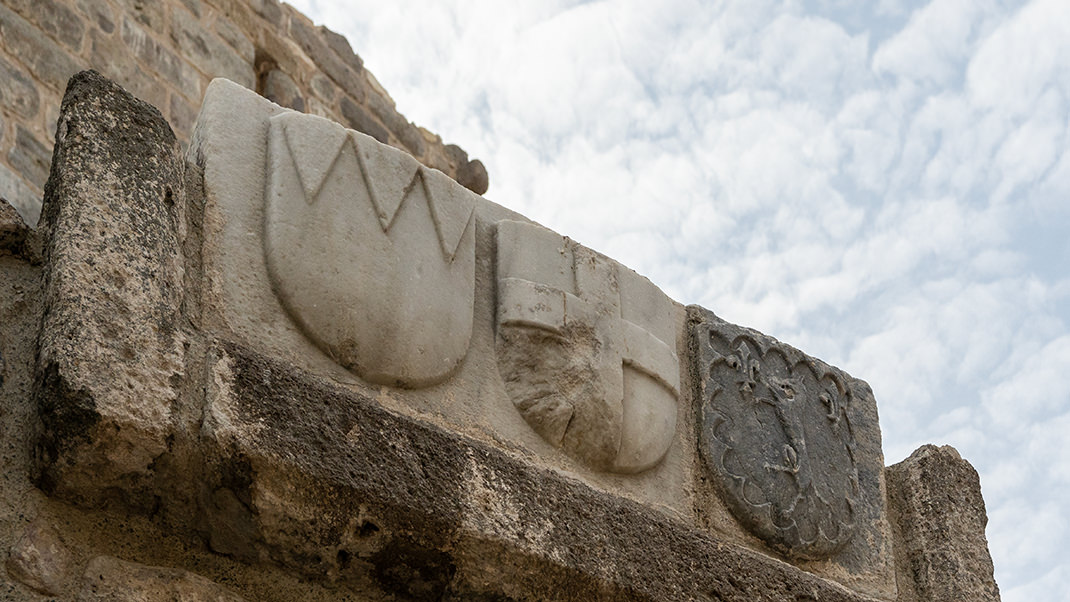
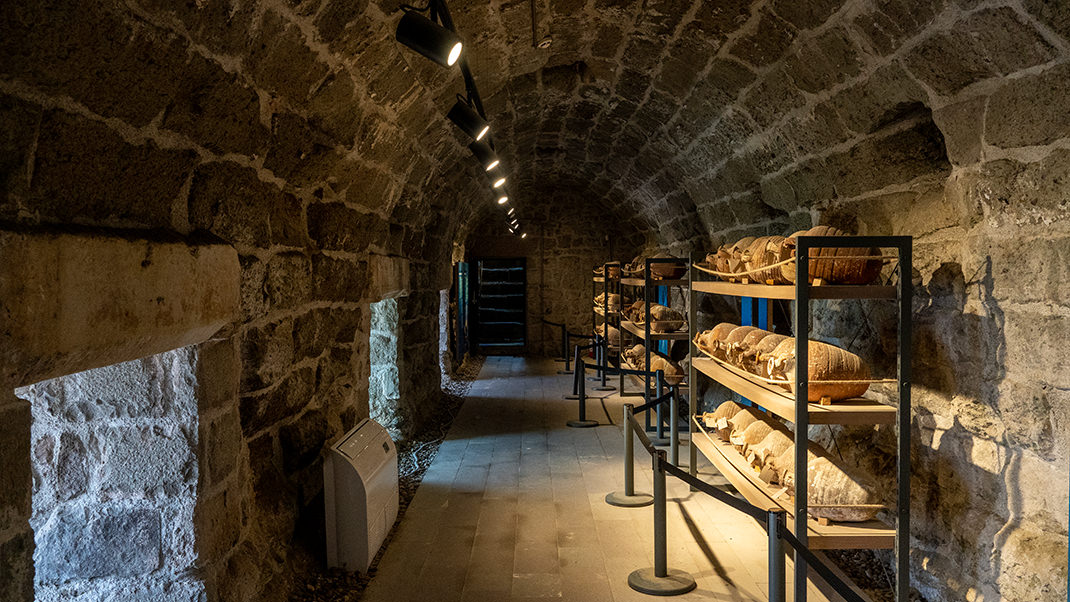
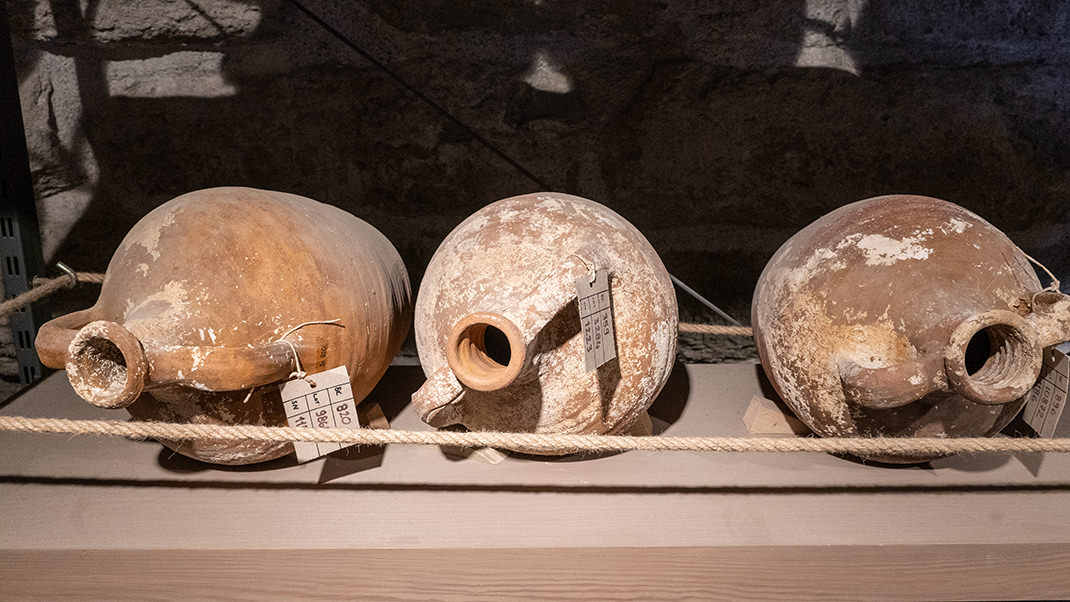
The Castle of St. Peter, also known as Bodrum Castle, houses a vast exhibition space dedicated to the history of the region. The exhibition is referred to as the Bodrum Museum of Underwater Archaeology. The castle grounds cover an area of 180 by 185 meters.
The castle features both outdoor and indoor exhibitions. Among the outdoor displays is a collection of ancient altars that were likely used for sacrificial rituals.
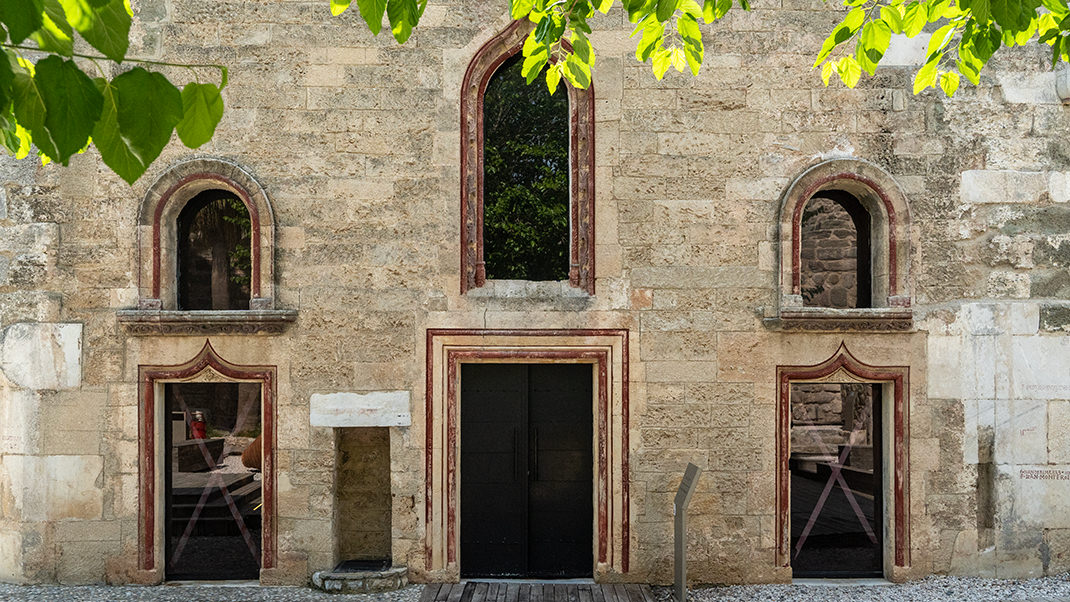
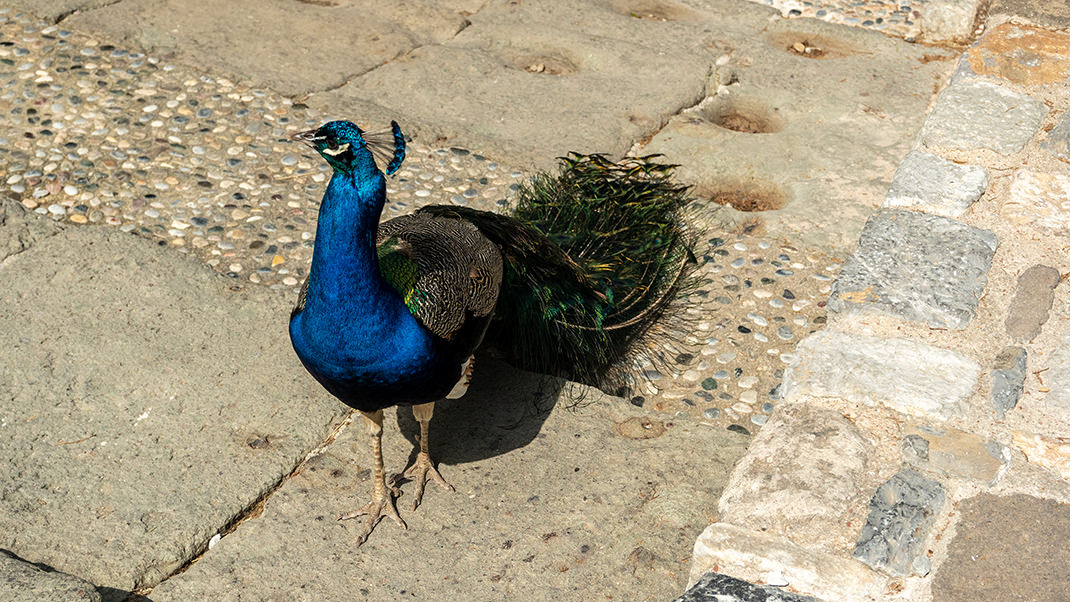
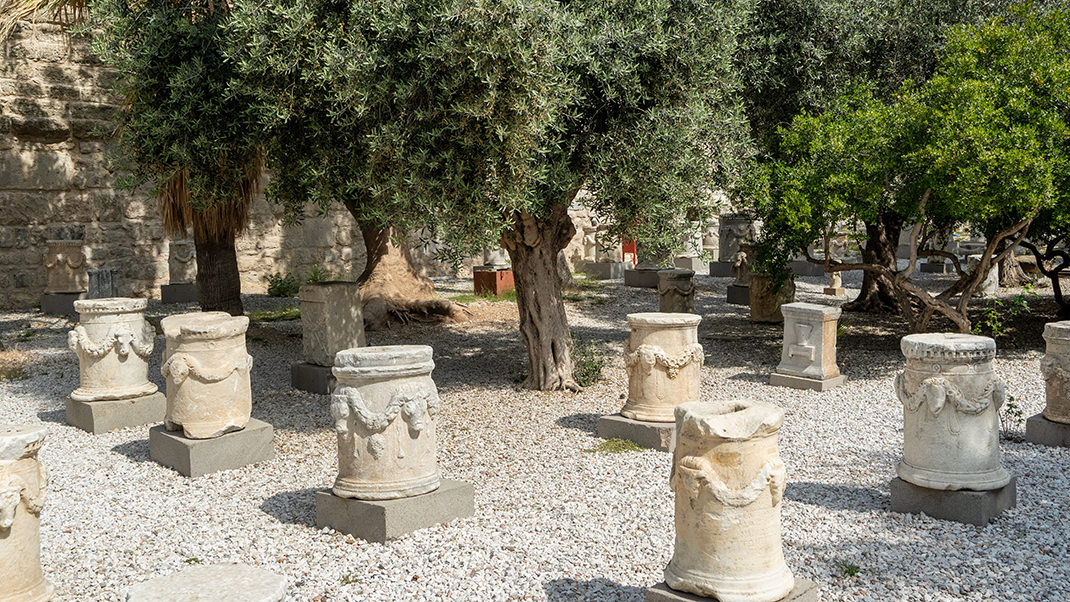
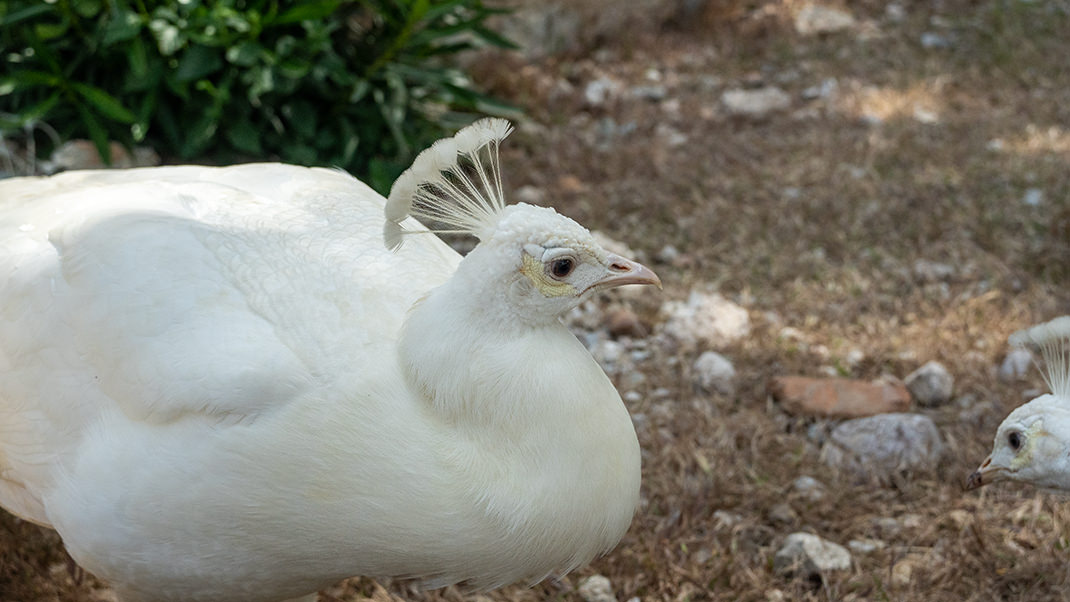
In my first article about Bodrum Castle, I mentioned that its towers are named after different European countries. Within the grounds, you’ll find the French, Italian, German, Spanish (Snake), and English Towers, each hosting archaeological exhibits. A notable highlight is the room housing a collection of amphorae recovered from a shipwreck in the 1960s. Interestingly, there is also a dedicated pavilion about shipwrecks, located in the eastern part of the complex.
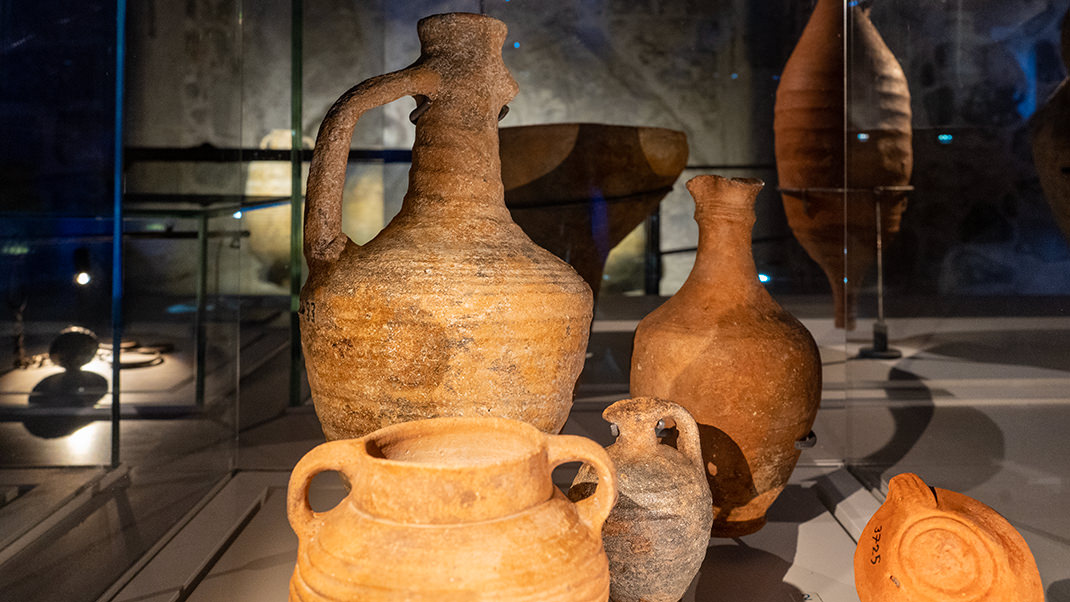
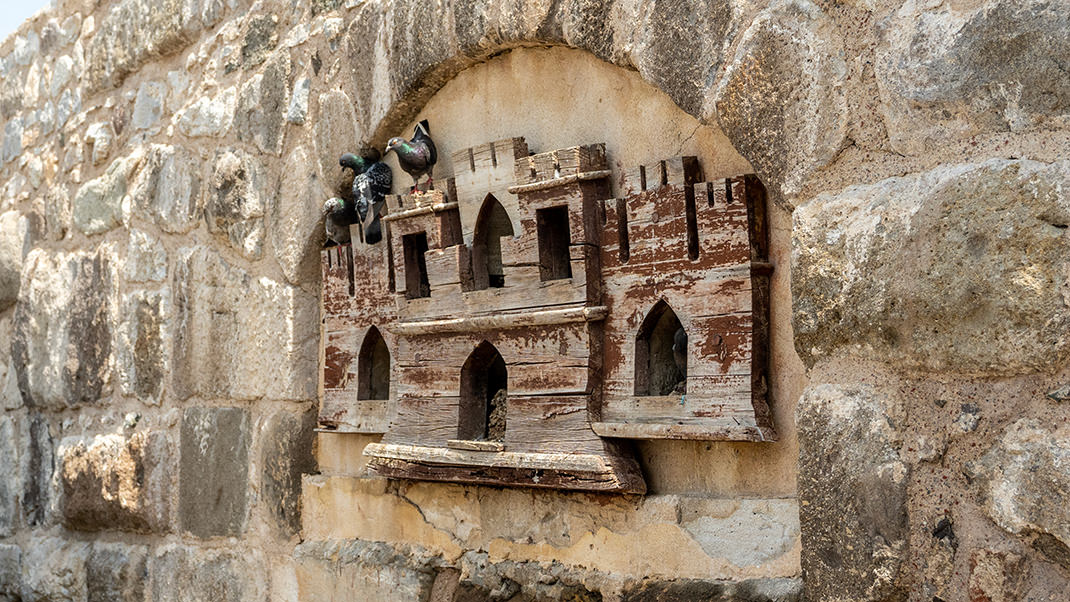
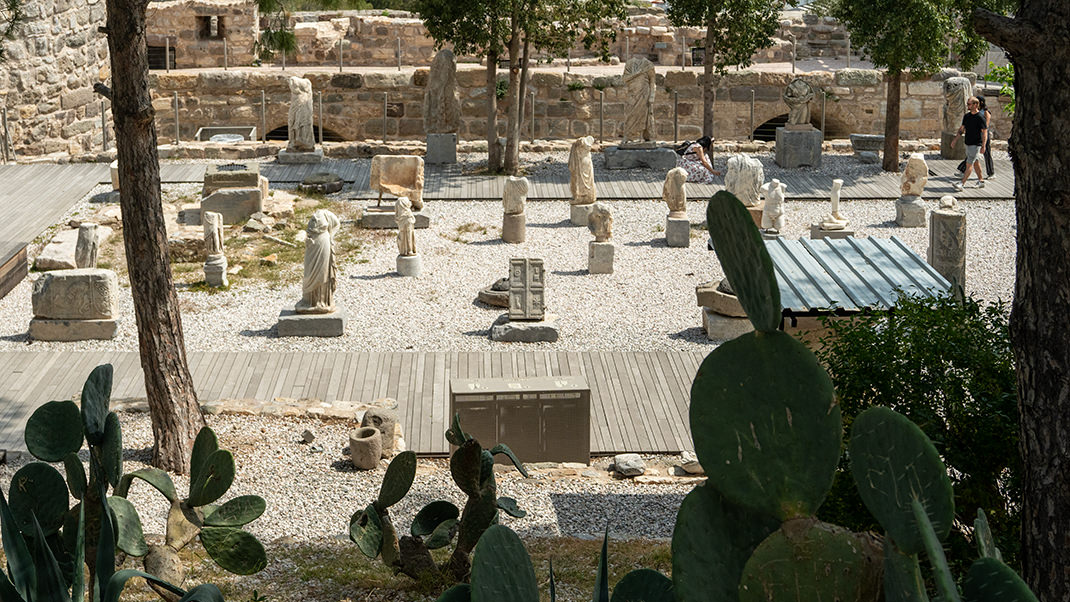
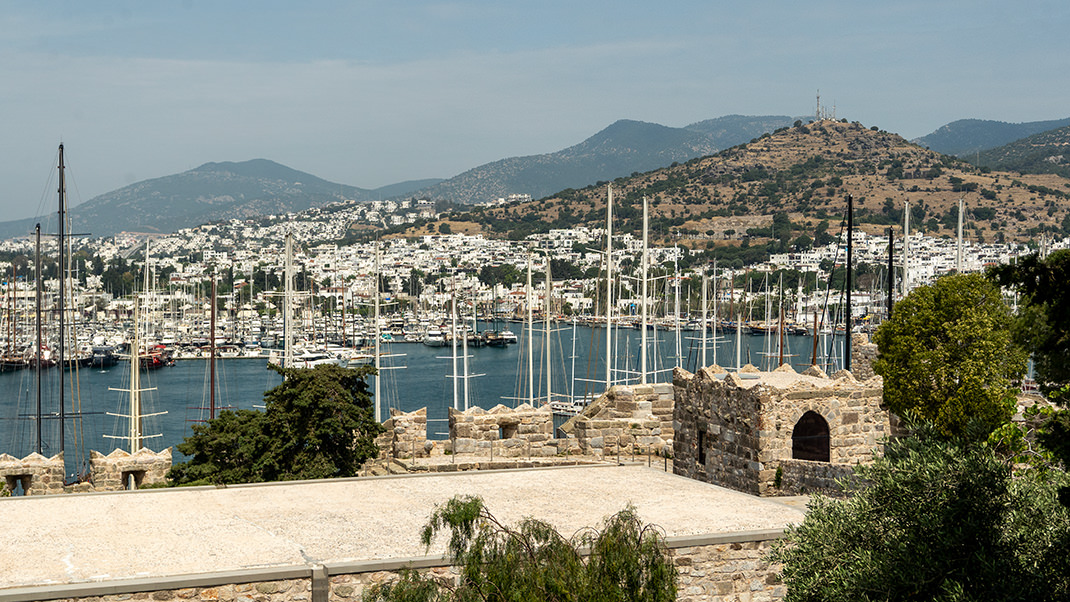
Some exhibition halls feature interactive displays. In one tower, for instance, visitors can use a camera to project their image onto a large screen while virtually wearing gold necklaces and headpieces.
Bodrum Castle was built before the Ottoman era and came under the control of Sultan Suleiman the Magnificent in 1522. Today, the grounds include a small mosque.
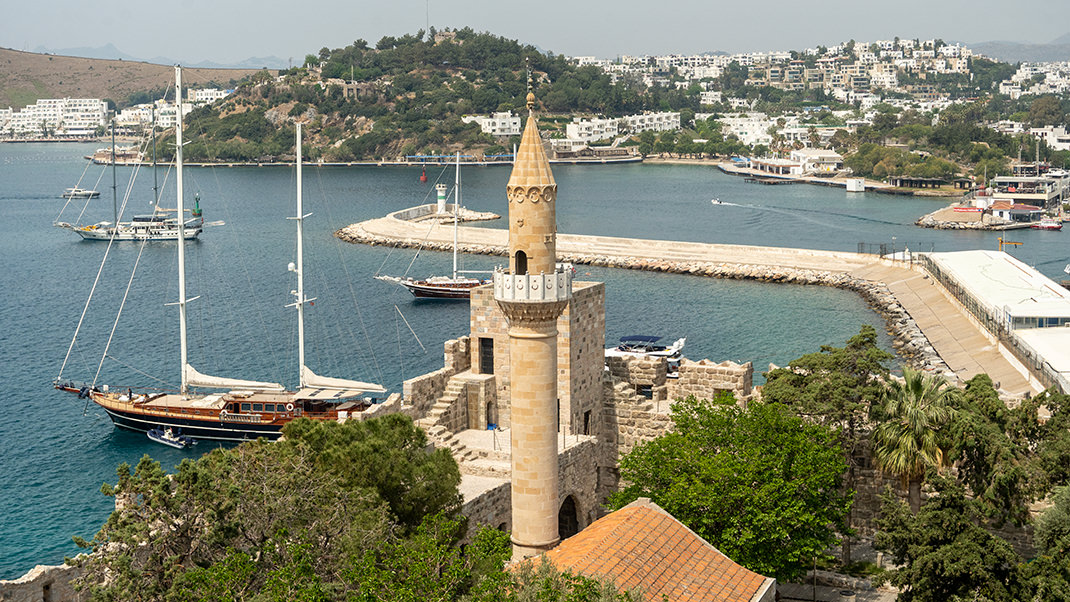
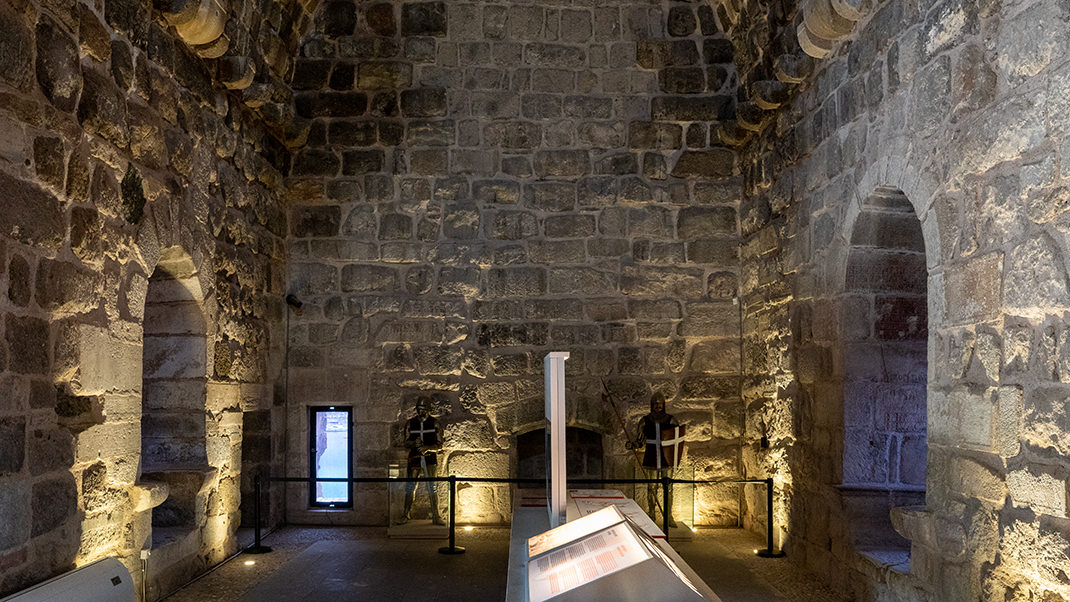
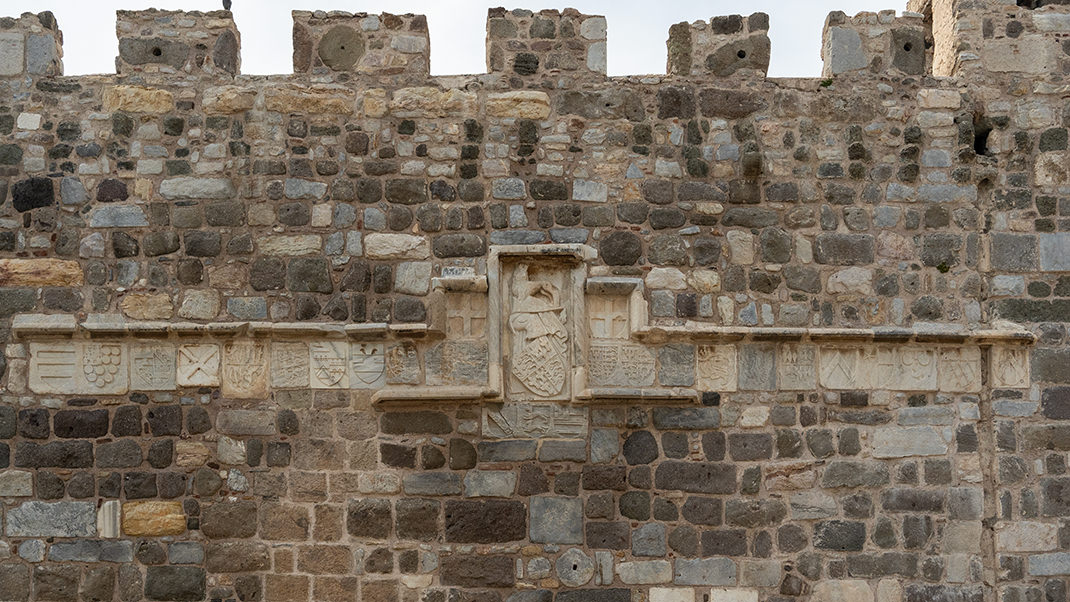
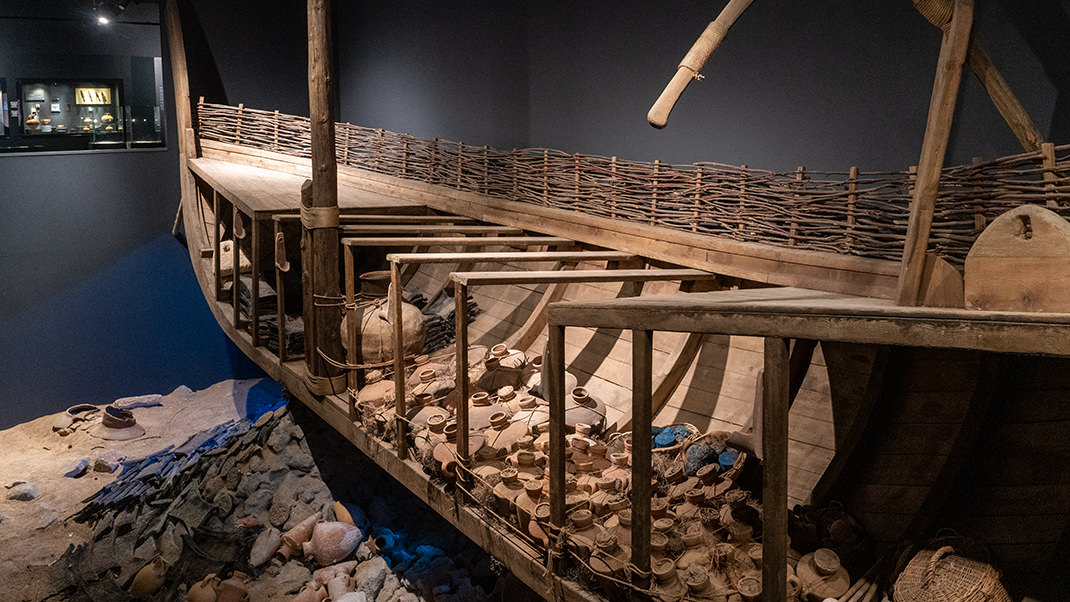
Observant travelers will immediately notice numerous reliefs adorning the castle walls—over 200 of them. I was particularly drawn to the bas-reliefs of various shields. According to the informational signs, these details were not added at the same time; for instance, one group dates back to the mid-15th century, while another was installed in the early 16th century.
My walk through the castle complex lasted more than an hour. Throughout the journey, visitors are treated to stunning views of Bodrum’s picturesque bays. Interestingly, while the castle now stands on a peninsula, in ancient times this area was an island separated from the mainland by a strait.
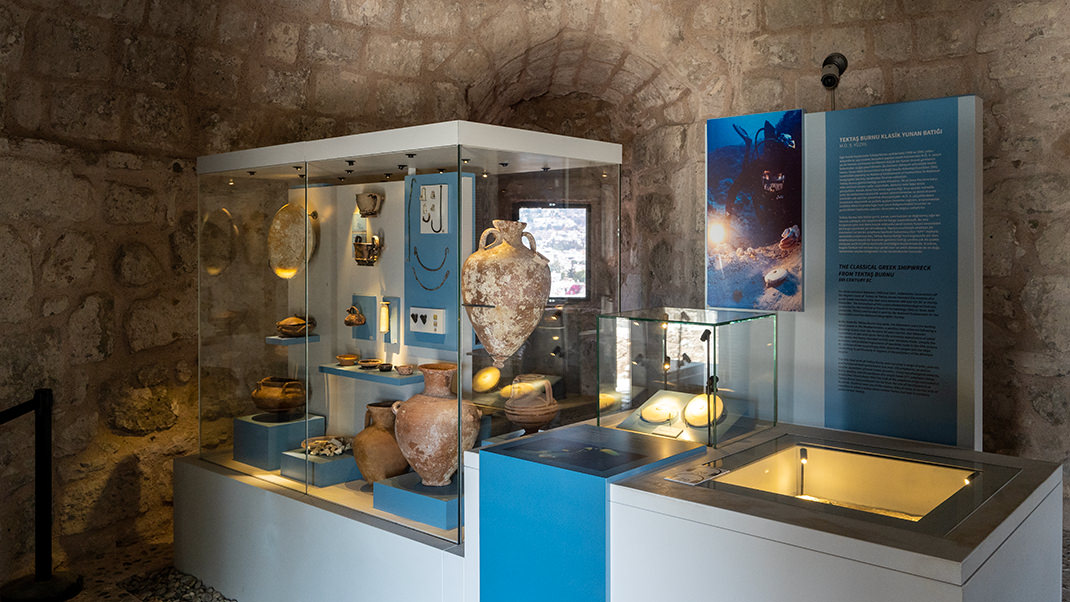
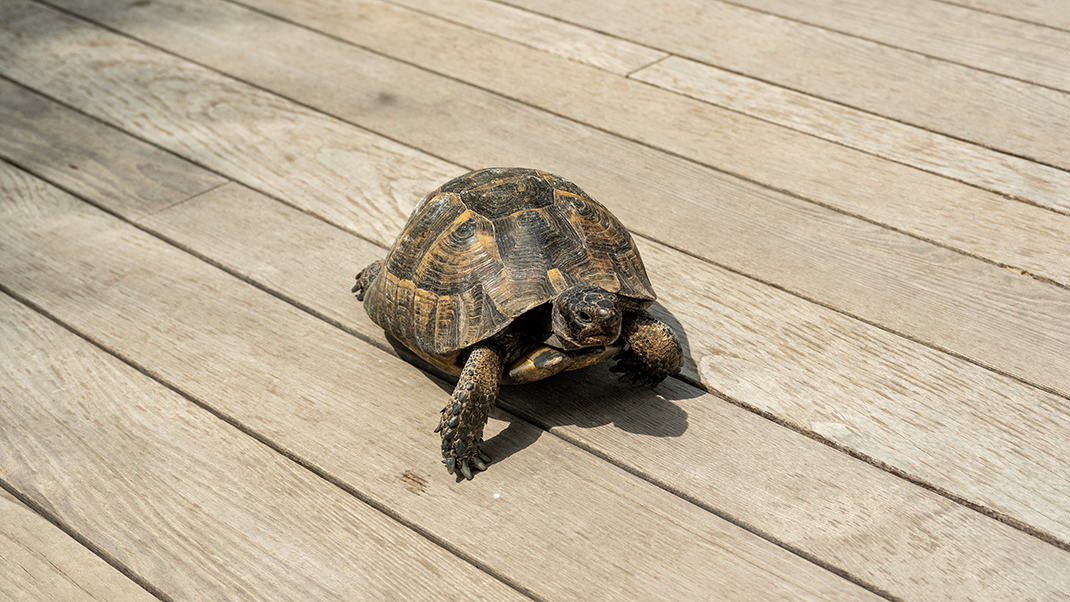
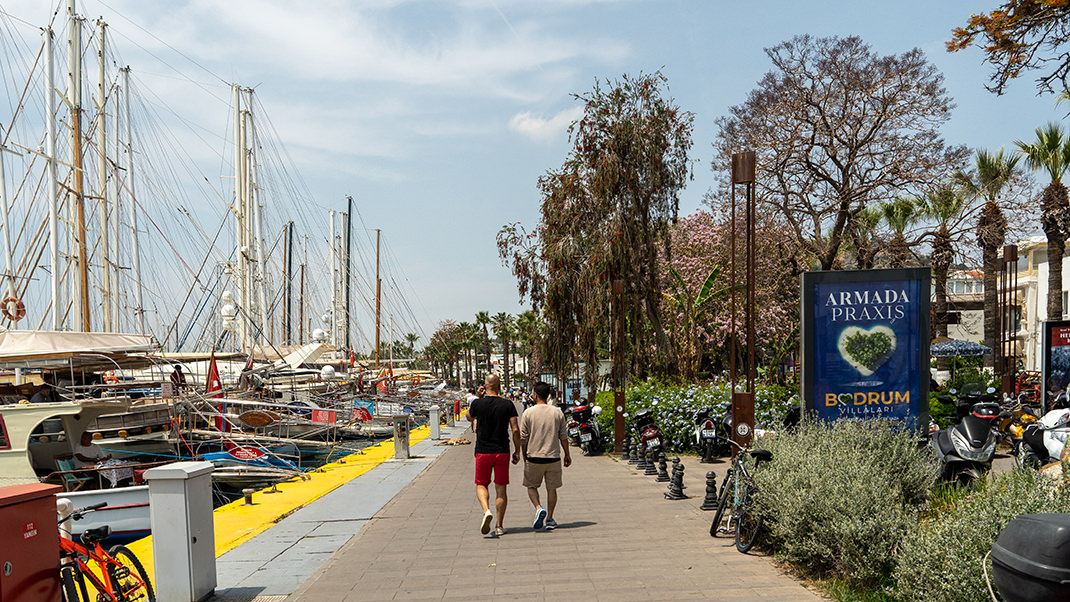

Peacocks roam freely through the castle’s open courtyards, unfazed by the many tourists. Near one of the towers, I even encountered a turtle. I’ve come across these creatures in almost every region of Turkey I’ve visited—at the ruins of ancient Perge, near water bodies by the aqueducts of Istanbul, and on the path to the abandoned city of Lyrboton Kome. Those interested in the history of architecture may find my articles about these unique sites particularly intriguing.
Have a nice trip!


